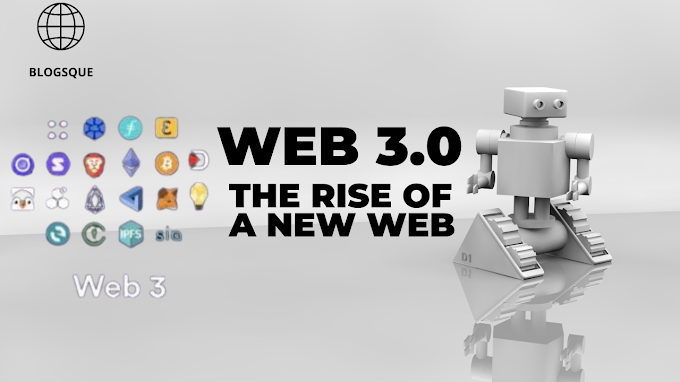Technology has infiltrated almost
every aspect of our lives, so it’s no surprise that it is also changing the
education system. From online courses to virtual classrooms, technology is
providing new opportunities for students and teachers alike. In this article,
we explore some of the ways information technology is changing the education
system.
The
Proliferation of Technology in Education

It's no secret that information
technology has changed the way we live and work. But what is often less talked
about is how deeply it has transformed the education system. In many ways, education
today looks very different than it did even a few years ago, and technology is
at the heart of that change. For one thing, technology has made
research much easier and more accessible. In the past, students had to go to
the library and sift through physical books and articles. Now, they can simply
do a quick Google search and find whatever they need in seconds. This ease of
access to information has made learning more efficient and effective. But technology isn't just changing
the way students learn; it's also changing the way teachers teach. Thanks to
advances in educational software and hardware, teachers now have more tools
than ever before to engage their students in dynamic and interactive ways. They
can use digital projectors to show multimedia presentations, for example, or
utilize virtual reality simulations to give students a first-hand experience of
history or science concepts.
In short, information technology is
having a profound impact on education. It's making research easier, teaching more
engaging, and learning more efficient.
The
Benefits of Technology in Education
Technology has revolutionized the
education system, making it more accessible and efficient.
Here are a portion
of the advantages of involving innovation in schooling (technology in education):
1. Technology enhances learning
experiences.
Technology (Innovation) can be
utilized to make drawing in and intelligent growth opportunities. For example,
simulations and virtual reality can be used to give students a realistic
experience of what they are studying. This can make learning more exciting and
enjoyable.
2. Technology makes education more
accessible.
Technology has made education more
accessible for everyone, regardless of location or income level. Online
learning platforms and MOOCs (massive open online courses) provide access to
quality education for everyone.
3. Technology makes education more
efficient.
With technology, teachers can create
digital resources that can be used again and again. This saves time and effort,
which means that teachers can focus on delivering quality instruction. In
addition, technology can automate repetitive tasks such as grading, so that
teachers can spend their time on more important tasks.
4. Technology personalized learning
experiences.
Technology can be used to tailor
learning experiences to each individual student. For example, adaptive learning
software adjusts the difficulty of material based on a student’s ability level.
This ensures that all students are challenged and engaged in their learning.
5. Technology helps prepare students
for the future.
By teaching students how to use
technology, we are preparing them for the future. They will need to be able to
use technology in their future careers, no matter what field they choose.
The
challenges of technology in education
The education system is under
increasing pressure to keep up with the demands of the modern world. Technology
is changing the way we learn, and the education system is struggling to keep
pace.
Here are some of the challenges facing education in the age of
technology:
1. Keeping up with the latest
technology
2. Ensuring that students have access to technology
3. Providing adequate training for teachers
4. Preparing students for a technologically-driven workforce
5. Protecting students from online predators and cyberbullying
6. Managing screen time and tech addiction
7. Dealing with the digital divide
The
future of technology in education
.jpg)
The education system is evolving
rapidly, and technology is playing a major role in driving this change. In the
past, education was mostly about memorization and rote learning, but today's
students are growing up in a digital world where they have constant access to
information and can learn anything they want at any time. This shift is having
a major impact on the way education is delivered, and it's important to stay
ahead of the curve to ensure that students are getting the best possible
education. There are a number of ways that
information technology is changing the education system. One of the most
significant changes is the way that courses are delivered. In the past, most
courses were taught in person, with students attending classes in physical
classrooms. Today, more and more courses are being delivered online, giving
students the flexibility to learn anywhere at any time. This trend is likely to
continue as online learning becomes more accessible and convenient for both
students and educators.
Another major change that technology
is bringing to education is the way that assessment is conducted. In the past,
assessment was mostly about exams and paper-based assignments, but today there
are many different digital tools that can be used to assess student
understanding. This includes everything from online quizzes.
Conclusion
The education system is evolving and
changing rapidly, thanks in large part to advances in information technology.
This has led to new opportunities for students and educators alike, as well as
some challenges that need to be addressed. However, overall, it seems clear
that information technology is having a positive impact on the education system
and will continue to do so in the future.


.jpg)

.jpg)



.png)




